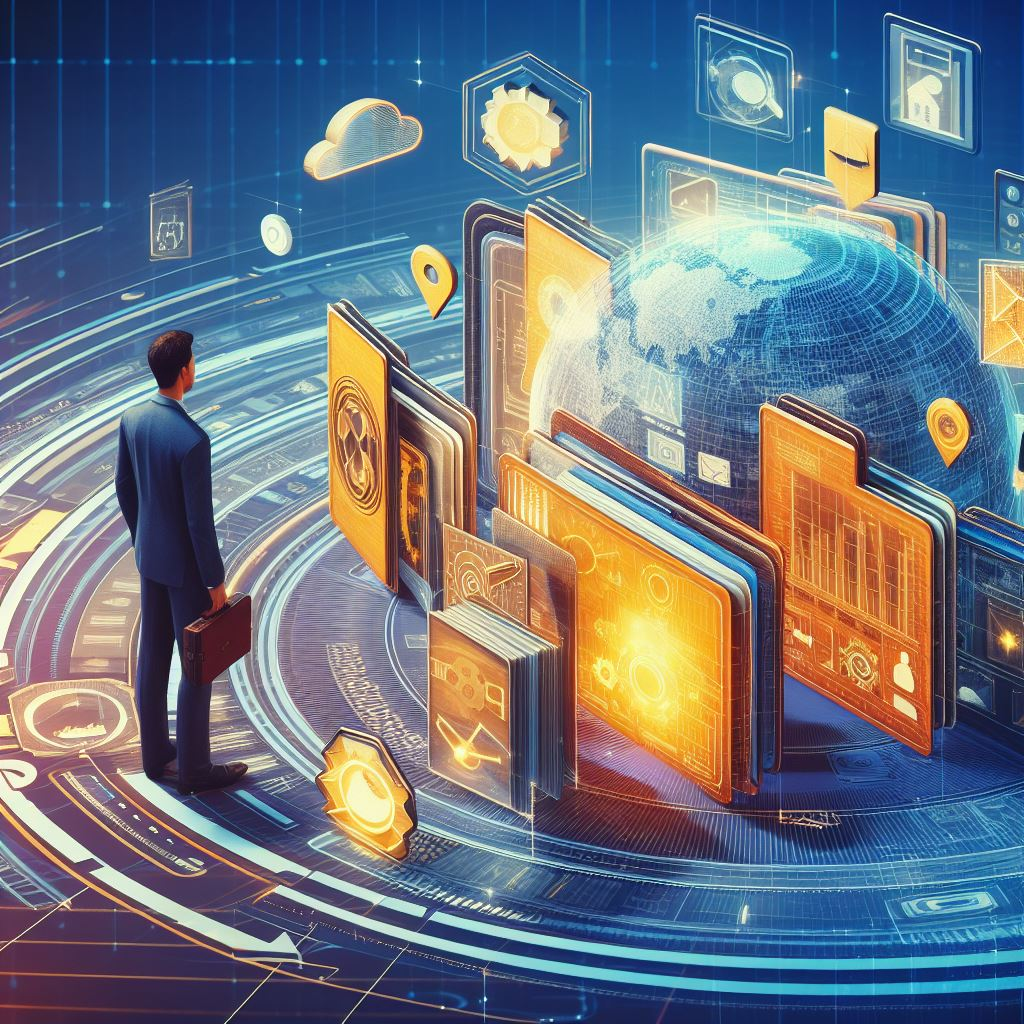Visual Computing in Computer Science: 3D or Generalized Documents, Retro-Digitization, and Digital Creation
Visual Computing in Computer Science: 3D or Generalized Documents, Retro-Digitization, and Digital Creation
3D or Generalized Documents
Traditionally, text documents, images, and videos are treated as separate entities. However, in the world of Visual Computing, there is an approach to integrate these media into the expanded concept of “3D” or “generalized” documents. This entails extending the functionality typically used for text-based documents to all types of documents.
This means that we can not only search and analyze text but also view and edit images, videos, and 3D models in a unified context. This enables advanced applications in computer vision, machine learning, and augmented reality. For example, Visual Computing techniques can be used for face recognition in videos or reconstructing 3D models from images. The idea is to integrate information from different media sources to gain more comprehensive insights.
Retro-Digitization
Retro-digitization refers to the development of effective mass digitization tools and workflows to convert analog information into digital formats. This is crucial as many valuable historical pieces of information still exist in physical forms such as old books, photos, maps, and documents. These need to be converted into digital formats for archival and easy access to the information.
An example of such a tool is “CultLab3D,” designed for the 3D digitization of cultural assets. With this technology, museums and archives can digitally capture valuable artworks, sculptures, and artifacts in high quality. Another approach is the “community-based” approach, where individuals from the community collaborate to create digital versions of historical documents and images. A good example of this is photogrammetric reconstruction of images on platforms like Flickr, where users contribute their photos to aid in creating 3D models of historical sites.
Digital Creation
Digital creation deals with techniques for generating digital content, especially 3D models. An interesting method in this realm is “Shape-based Reconstruction” using Geometric Modeling Language (GML).
GML-based fitting is an approach where existing 3D models are adapted based on shapes. This allows for the rapid creation and editing of 3D models without starting from scratch. It is particularly useful in fields like computer graphics, game development, and 3D printing, as it enhances efficiency in modeling and texturing objects.
Overall, the world of Visual Computing in computer science offers a myriad of exciting possibilities that go far beyond traditional text processing. The integration of 3D or generalized documents, advancements in retro-digitization, and techniques for digital creation open up new horizons for capturing, editing, and utilizing visual information in the digital realm.
